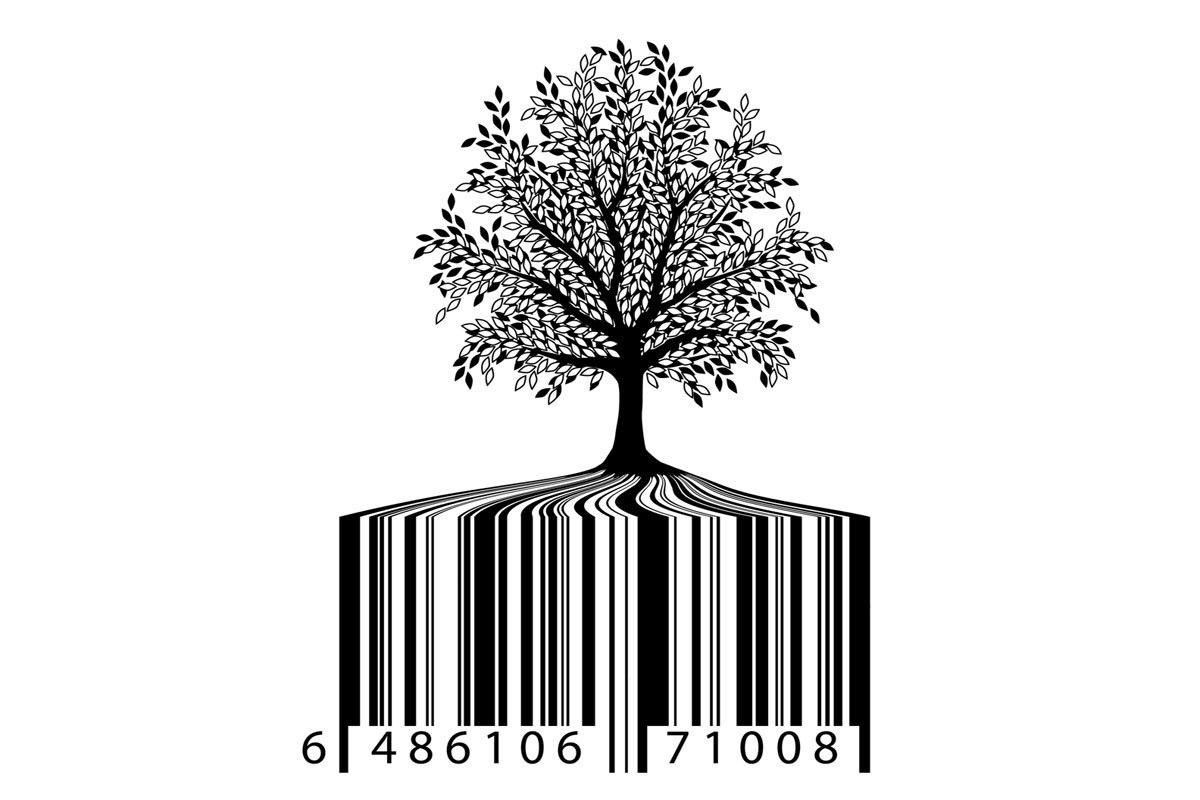Plant DNA barcoding project bears fruit
Plants get own ID cards as researchers use barcodes to identify species.


Boffins have completed a four-year initiative to create a standard barcode that can be used to identify plants through their DNA.
The mammoth research effort involved 52 researchers spread across 10 countries has been published this week in the Proceedings of the National Academy of Sciences (PNAS).
Despite amassing a 60,000-strong library of animal-related barcodes, botanical barcoding has not been as easy historically largely due to there not being a common standard, according to the researchers.
"Identification is important - it is the link between a given plant and the accumulated information available for that species. It is not
possible to know if a plant is common or rare, poisonous or edible, being traded legally or illegally etc., unless it can be identified," said one of the researchers, Dr Peter Hollingsworth, head of genetics and conservation at the Royal Botanic Garden Edinburgh, in a statement.
Dr David Schindel, executive secretary of the Consortium for the Barcode of Life (CBOL), which championed the research, added: "The
selection of standard barcode regions has been a slow and difficult process because of the complex nature of plant genetics."
Get the ITPro daily newsletter
Sign up today and you will receive a free copy of our Future Focus 2025 report - the leading guidance on AI, cybersecurity and other IT challenges as per 700+ senior executives
He added: "Having an agreed upon barcode region will enable plant barcoding to accelerate rapidly. There are researchers around the world and diverse users of plant identification who are eager to get started."
Maggie has been a journalist since 1999, starting her career as an editorial assistant on then-weekly magazine Computing, before working her way up to senior reporter level. In 2006, just weeks before ITPro was launched, Maggie joined Dennis Publishing as a reporter. Having worked her way up to editor of ITPro, she was appointed group editor of CloudPro and ITPro in April 2012. She became the editorial director and took responsibility for ChannelPro, in 2016.
Her areas of particular interest, aside from cloud, include management and C-level issues, the business value of technology, green and environmental issues and careers to name but a few.
-
 Bigger salaries, more burnout: Is the CISO role in crisis?
Bigger salaries, more burnout: Is the CISO role in crisis?In-depth CISOs are more stressed than ever before – but why is this and what can be done?
By Kate O'Flaherty Published
-
 Cheap cyber crime kits can be bought on the dark web for less than $25
Cheap cyber crime kits can be bought on the dark web for less than $25News Research from NordVPN shows phishing kits are now widely available on the dark web and via messaging apps like Telegram, and are often selling for less than $25.
By Emma Woollacott Published